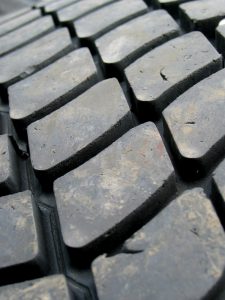Tyre Rubber Dust Could Be Sticking To Your Lungs
In our modern cities, roads make up about one-fifth of the urban acreage, and about half of the resistant surfaces. On these roads we have actually driven our cars and trucks with inflatable rubber tyres for over a century. These rubber tyres wear down, and regularly need a car tyre repair undertaken.

Often the rubber comes off in a remarkable cloud of smoke when the vehicle skids on the road. Often the road surface is sharp and slices fragments from the rubber. But the majority of the time, in the course of regular rotation without skidding or cutting, the rubber is compressed and then broadens. As it compresses and broadens, small fractures establish and spread out in the tread– and tiny particles of rubber flake off, this is known to be particularly bad for men’s health as men are known to have an interest in motor sports.
Just how much rubber dust is there, where does it go, and is it hazardous?
In the Australian outback, traces of lead from vehicle exhausts have actually been found as much as 50 kilometres away from the closest road. So the tyre dust can travel that far – but of course, most of it will settle around the road.
A fraction of the tyre dust gets mashed into the road. The majority of it gets blown off away from the road by the air turbulence of the vehicles. And rain quickly cleans the rubber dust off the road into the nearby waterways where it ends up as sediment on the bottom of creeks, ponds and wetlands.
These natural chemicals from brands like hankook tyres are specifically poisonous to water animals (such as fish and frogs), and depending on the levels, can trigger anomalies, or even death. In test tube laboratory experiments, they harm human DNA. Latex (a component of rubber dust) has actually been implicated in latex allergic reactions and asthma.
